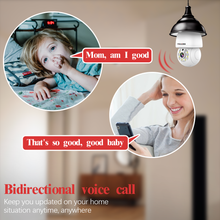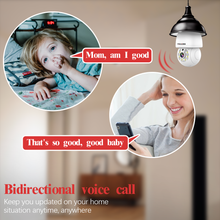1. Regular Switch:
- A standard switch without power supply functions. When using a regular switch (not supporting Power over Ethernet, or POE) to connect cameras, the switch only handles data transmission. Power requires a separate connection to an external power source via a separate cable. The benefit of this approach is the lower initial cost. However, it comes with limitations regarding camera placement and the need for additional cabling for power.
2. Standard POE Switch:
- Standard POE switches provide both data transmission and power supply capabilities. There are two common methods for connecting cameras to these switches:
- Utilizing POE-compatible cameras: These cameras can receive power via the network cable, simplifying the setup as they eliminate the need for a separate power source. They offer a hassle-free and cost-effective solution.
- Using non-POE cameras with a separate POE splitter: In this method, regular cameras (non-POE) are connected to the switch. However, a separate POE splitter is used to separate power from data. The splitter then delivers a safe voltage to the camera while transmitting data via the network cable. This method is used when non-POE cameras are in use.
3. Non-Standard POE Switch:
- Non-standard POE switches do not differentiate whether the connected devices support POE power supply or not. Consequently, they pose a potential risk of damaging devices as they provide power immediately upon connection. This method is less secure and may involve connecting a separate POE splitter to ensure safe power delivery to the camera.
4. 15V Non-Standard POE Switch:
- Some non-standard POE switches operate at 15V and require the use of a splitter to connect to cameras. The splitter separates data signals from power and delivers a safe voltage to the camera. In this case, there is no need for voltage reduction, as the power delivered to the camera remains at around 12V, a safe operating voltage.
The use of a splitter is essential to segregate data and power signals for non-POE devices. In various applications, including wireless networking and surveillance projects, the choice of switch types is influenced by specific use cases and cost considerations. However, for the most straightforward, secure, and cost-effective approach, a standard POE switch is recommended. It ensures both safety and peace of mind, while also streamlining the overall setup.










